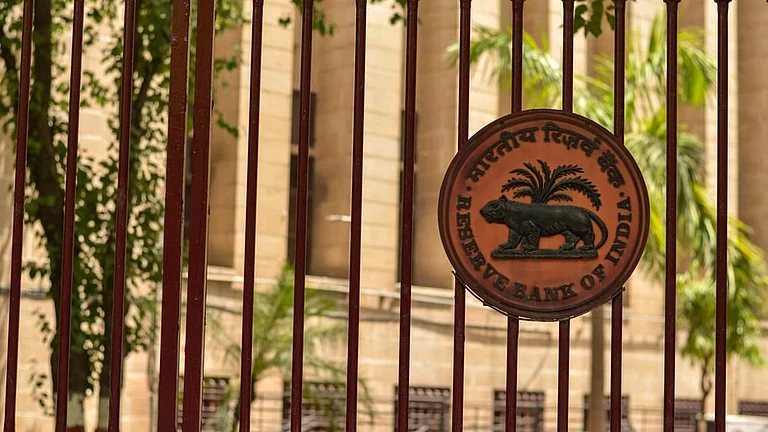There is a growing concern in the market that it is losing steam with a drastic fall in participation from Foreign Portfolio Investors (FPIs). This has coupled with a sharp fall in trading volume at the stock exchanges (SEs). The average daily cash market turnover of the National Stock Exchange (NSE) was Rs 37,740 crore in January, which increased to Rs 41,500 crore in February 2021. In March, it drastically came down to Rs 32,300 crore.
FPIs poured Rs 21,561 crore in February in the secondary market, while they were net buyers to the tune of Rs 20,014 crore in January. It went down subsequently to a meagre Rs 2,673 crore by March 26.
The fall in trading volume and the FPI activity might have been triggered by a rise in the number of Covid-19 cases around the world and a rise in the Dollar Index (DXY). A second wave of pandemic has erupted in India, while a third wave has begun rampaging parts of the Euro region, leading to an extended lockdown and lower investment activity. All these culminated into a reduced trading turnover on the bourses.
FPIs entered the Indian markets after the liberalisation in 1992-93 and pumped in Rs 11.66 lakh crore till date. The FPI investments reached a record Rs 274,108 crore in February 2021 alone. The sudden reversal in the market trend has left experts a worried lot. According to most market experts, a liquidity deluge from these investors helped the Indian as well as other emerging markets to turn around from the pandemic blues. A sustained slowdown may hamper the long-term prospects for all these markets.
Shrikant Chouhan of Kotak Securities said that during the week gone by, the dollar index was the biggest factor that dragged the sentiment of the market. “In the coming week, again the trend of the market would largely depend on the trend of the dollar index,” he says.
The DXY is a measure of the value of the US dollar relative to the value of a basket of currencies of the America’s most significant trading partners. This index is similar to other trade-weighted indexes, which also use the exchange rates from the same major currencies. The value of the index is an indication of the dollar’s value in global markets. A higher reading means a stronger dollar.
The US dollar index has been moving up and all this is also creating some apprehensions in the minds of people that there could be some dollar shortage as liquidity could tighten globally, going forward, despite the claims made by the US Federal Reserve.
Earlier, the other markets were holding up and the Indian market saw some correction. So, we are seeing a strange kind of move. There is less net institutional participation at this stage and it is a lot dependent on what is happening in the derivatives market, how traders are positioning and how some of the hedge funds are positioned.
Secondly, there is there is turmoil in some emerging markets. There have been significant rate hikes in some emerging markets and some currency turmoil.






























